WWDC 2022: Five fitness features the Apple Watch needs in watchOS 9
Time for a workout in features

Apple’s big software showcase, WWDC, is next week (June 6), and the company is expected to unveil new versions of iOS, macOS and more.
Apple Watch's latest software, watchOS 9 is also expected to be there, and the company is in a little bit of a tricky position where it feels burdened by its success – watchOS 8 was a fairly light release, but it’d still be fair to say it’s head and shoulders (or wrist?) above what’s being offered by the competition.
While we’ve covered a full wishlist elsewhere, showing there are areas where Apple can improve, we’ve put together the following list of ways to improve the Apple Watch as a fitness tracker in light of competition from the likes of the Fitbit Sense and the upcoming Pixel Watch.
From battery life to coalescing data better, here’s everything we want to see for fitness in watchOS 9 and the next Apple Watch.
1. Better battery life
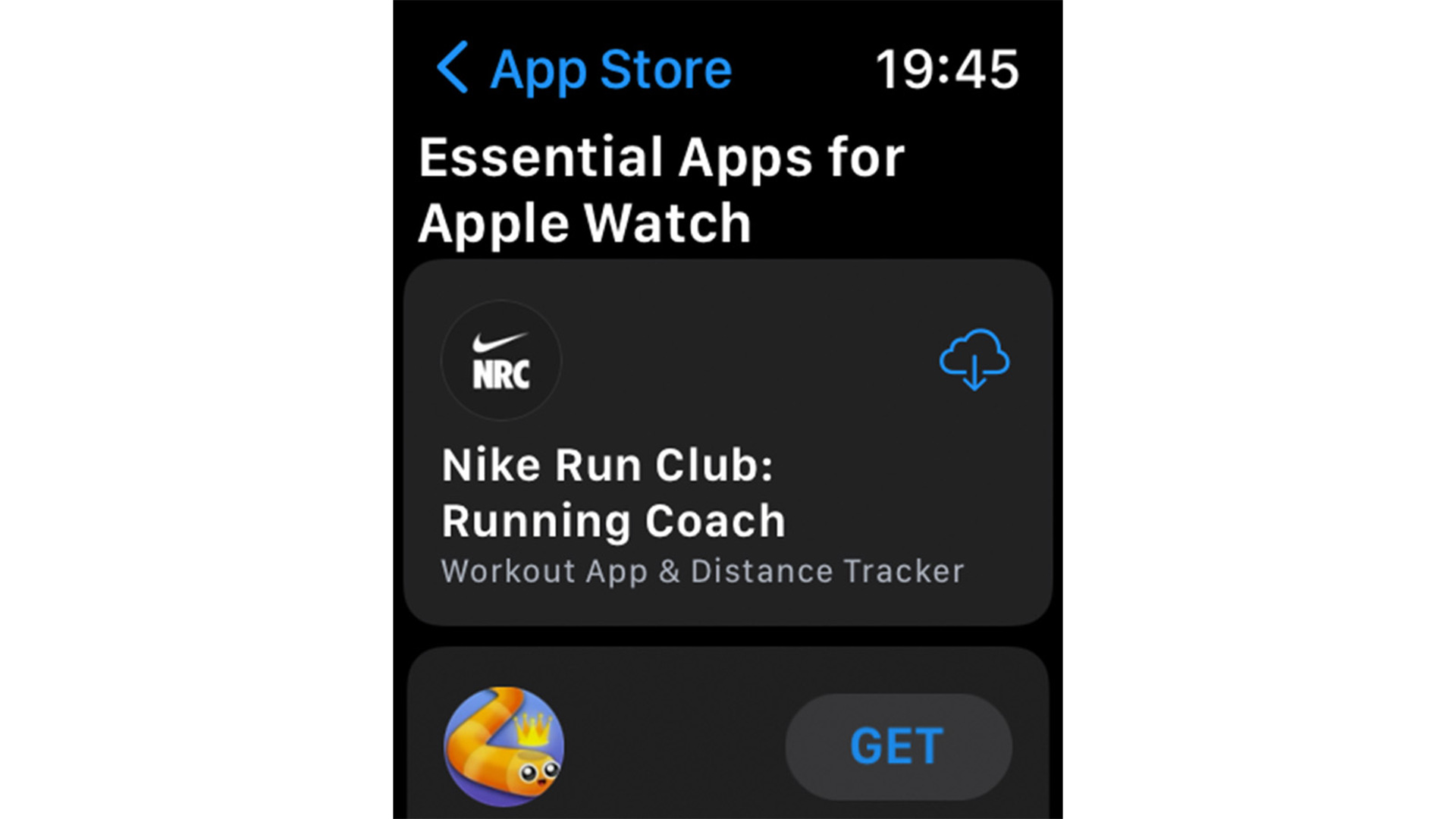
If you’ve used an Apple Watch at any point in the last few years (perhaps other than the original), you’ll know that it offers much more utility than your average smartwatch.
There’s a whole App Store on your wrist, the opportunity to download music and podcasts, and all sorts of sensors inside. As you can imagine, that means there’s a fair amount going on at any one point in time, and that’s not including once you start receiving texts or paying for things with Apple Pay.
Sadly, that means the Apple Watch’s battery life pales in comparison to Fitbit and other rivals, with the Apple Watch lasting two days (if you switch off the always-on display) and its competition running for an entire week.
Get daily insight, inspiration and deals in your inbox
Sign up for breaking news, reviews, opinion, top tech deals, and more.
While we acknowledge the Apple Watch does more, we’d love it if Apple could eke out a little more usage from a single charge, especially given how power-efficient the latest Apple Silicon-packing devices are.
2. Better sleep tracking and a “Readiness Score” alternative
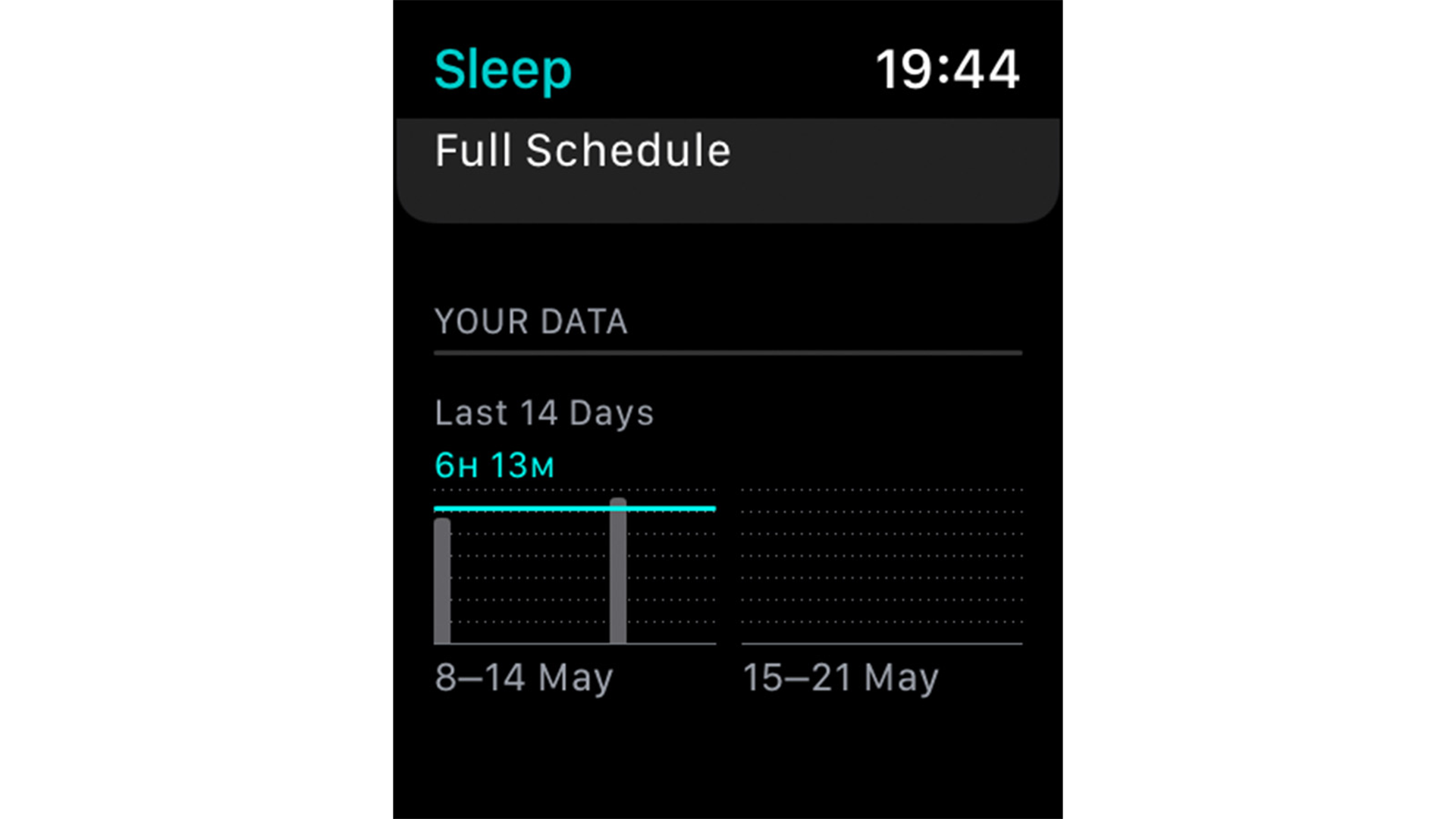
One reason for minimizing battery drain on the Apple Watch is to help with sleep tracking. Currently, even with the latest Apple Watch Series 7, your watch will prompt you to charge before bed so you can set your Sleep Focus mode for tracking your rest.
Comparatively, Fitbit fans have it much easier – you just go to bed, and the tracker does the rest. Neither is likely to be one hundred percent accurate, but it’d be fair to say that Apple, known for its 'it just works' mentality, is lagging behind here.
We’d love for the Apple Watch to detect when your body is at rest. It already denotes instances of low heart rate, so why not build a bigger picture of your sleeping patterns from there?
Speaking of putting data together to form a larger whole, we’d love to see Apple pinch something akin to the 'Readiness Score' from Fitbit. The idea is that your Fitbit tracker will provide a score based on your activity, rest, diet, and sleep if you’re a Fitbit Premium subscriber. If your readiness score is low, you know to avoid strenuous activity or rest up.
Apple Watch is great for tracking activity, but we’d love to see it track recovery, too, especially given how important those metrics are to tracking long-term health goals.
3. A customizable workout display
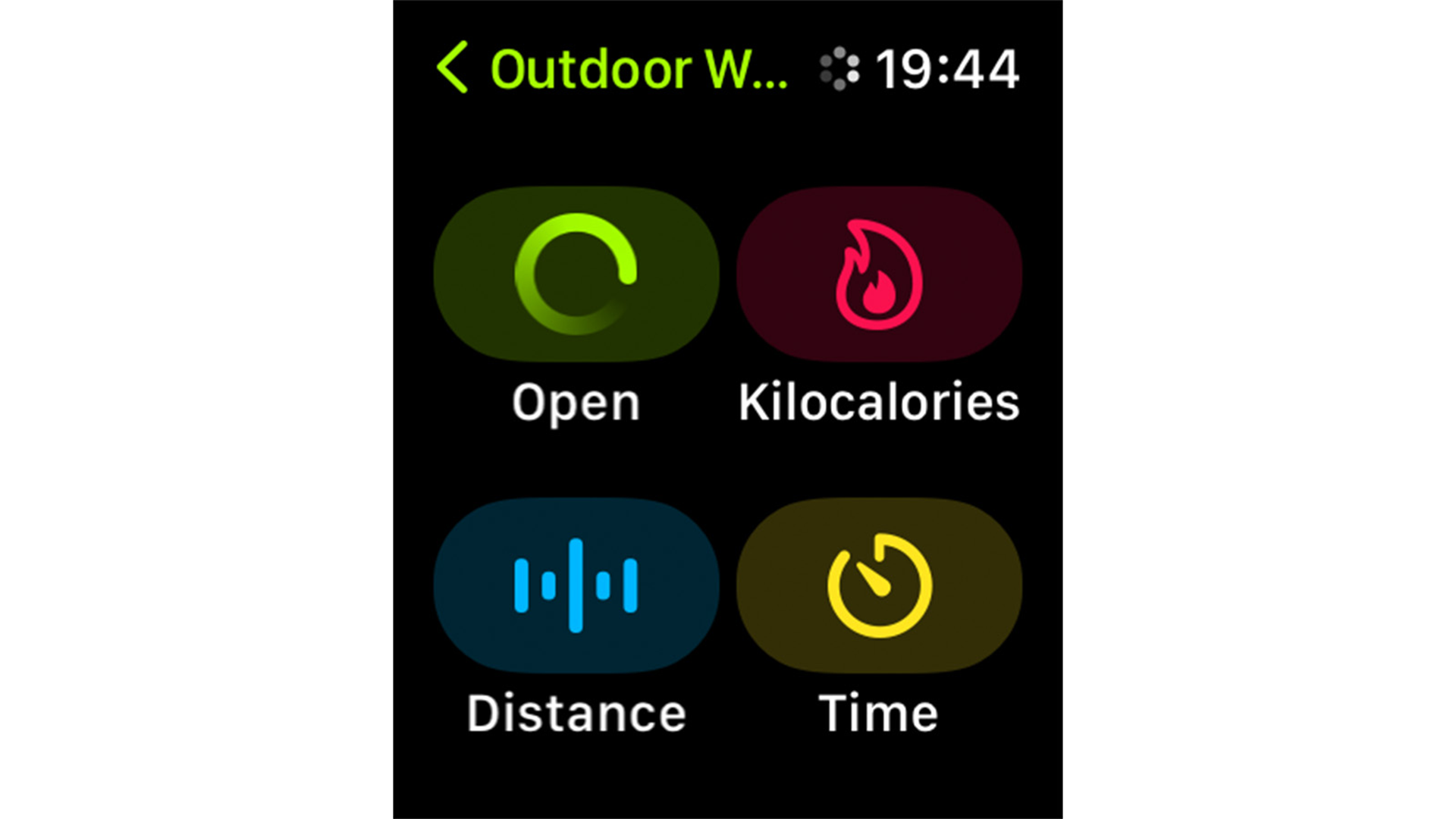
Apple’s built-in workout is great for tracking everything from a stroll, to a sprint, to a lengthy gym session, and we’d imagine that watchOS will invariably add even more workout types to choose from. Users also have the option of adding third-party options like Strava for deeper looks at specific workout types.
So what needs to change? Simply put, the Apple Watch workout screen could really do with an overhaul.
Much of the experience of the Apple Watch revolves around “closing your rings” for standing, exercise, and calories burned, but none of those are shown on the workout app itself.
You also aren’t able to see things like steps during a walk. Sure, distance is there, but something modular where users can switch out aspects of the display would be great.
Dare we say it, there’s even the potential for fitness-specific complications within the app, tracking the metrics you choose and perhaps having multiple fitness views for different workout types.
4. Health app comes to watchOS
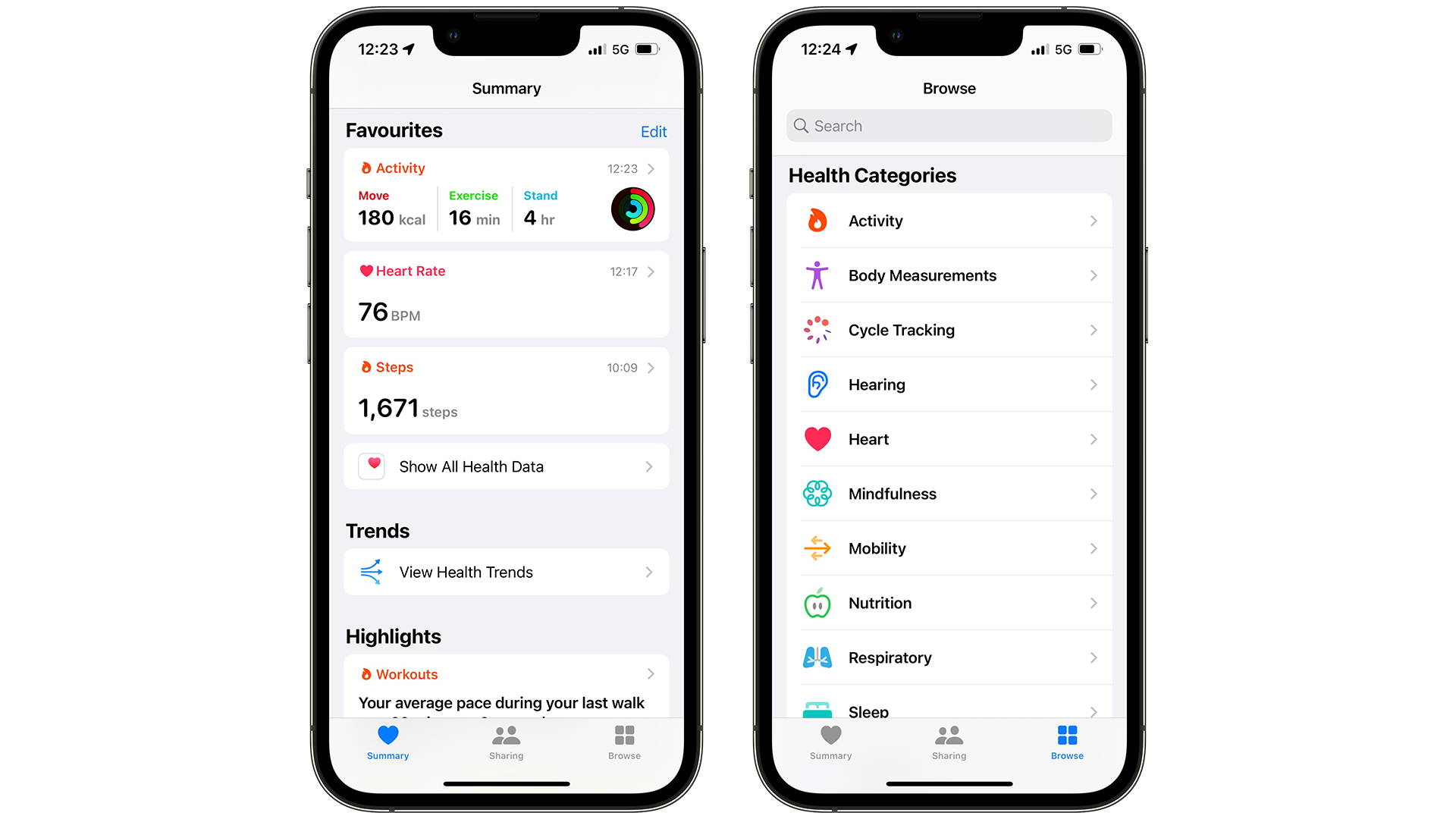
On iOS, the Health app is where you’ll find more data than you’re likely to know what to do with; Step counts, hydration, or even working out how steady your walk is.
While many of the Health app’s functionality can be found siloed off in various apps on watchOS, there’s something to be said for keeping all of that data in one place on your wrist.
5. More autonomy
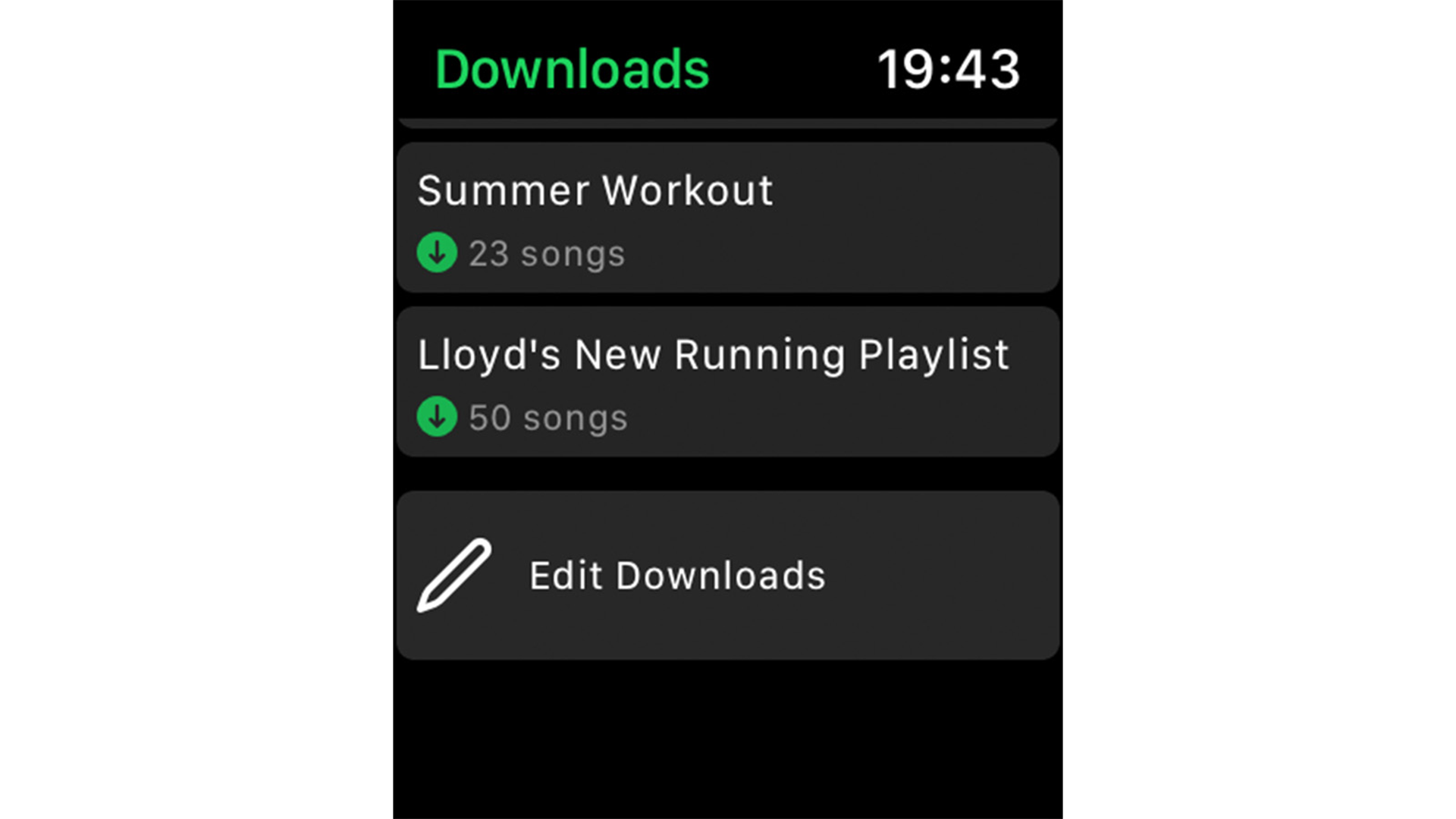
Apple Watch may run watchOS, but it’s essentially a companion to iOS. That’s not necessarily a bad thing, allowing for constant data transfer, but things do get a bit tricky.
For one, if you’ve ever tried to sync music or podcasts between your iPhone and your Apple Watch, particularly through something like Spotify, you’ll know there’s a lot of unnecessary complications in the process and it’s often hard to tell what’s downloaded where.
Hopefully, Apple can make it easier to install or transfer data onto your Apple Watch without needing an iPhone.
Finally, and piggybacking somewhat off of the idea of doing more on the Apple Watch itself, we’d love to see the Apple Watch opened up to Android users.
Family Setup, much like opening up FaceTime links, feels like a solid step in the right direction to opening up some of Apple’s best features to those who don’t want to use an iPhone, but there’s more to be done.
For one, we’ve lost track of the number of family and friends that have asked if an Apple Watch is worth the money, to which we reply yes, but have to tell them to look elsewhere because their phone has a little green character inside as opposed to an Apple on the back.
We’d stop short of saying Apple is leaving money on the table (we’re not running trillion-dollar companies), but it feels like the Apple Watch could offer an excellent fitness tracker for the Android masses.
While we acknowledge that many features would still remain iOS-specific, it’s not outside of the realms of possibility in the same way that AirPods work with Android devices.

Lloyd Coombes is a freelance tech and fitness writer for TechRadar. He's an expert in all things Apple as well as Computer and Gaming tech, with previous works published on TopTenReviews, Space.com, and Live Science. You'll find him regularly testing the latest MacBook or iPhone, but he spends most of his time writing about video games at Dexerto.
- Daryl BaxterSoftware & Downloads Writer